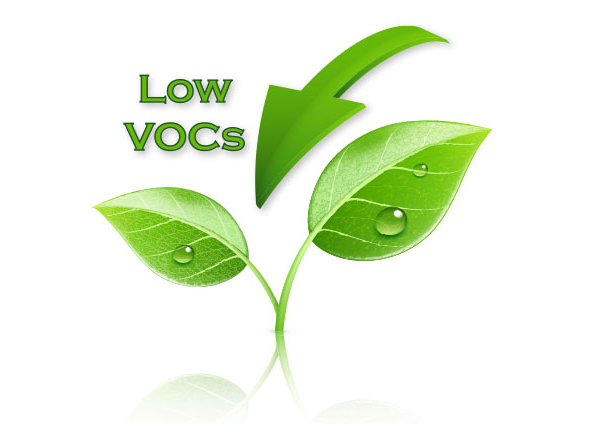Understanding VOCs in Paint
May 18, 2022What are VOCs?
Volatile organic compounds (VOCs) are emitted as gases from certain solids or liquids. VOCs include a variety of chemicals, some of which may have short- and long-term adverse health effects. Concentrations of many VOCs are consistently higher indoors (up to ten times higher) than outdoors. VOCs are emitted by a wide array of products numbering in the thousands (EPA, Environmental Protection Agency “Volatile Organic Compounds’ Impact on Indoor Air Quality” 2017).
Sources of VOCs
There are many sources of VOCs besides paint. Also found in cleaning supplies, building materials, aerosol sprays, pesticides, permanent markers and so much more. The Environmental Protection Agency has a full list of products containing VOCs on their website. The biggest contributor of VOCs in paint is in the solvents, the additive that helps all components blend together. It is also found in the drier additive that helps the paint dry once applied.
Regulations and how to find VOC Information
Every state has different regulations in how much Volatile Organic Compounds are allowed in products. California has the strictest regulations regarding this matter. You can usually find your states rules on your local DNR website or office. If you are curious on how much VOCs are in your paint product, take a look at the SDS (Safety Data Sheet) or TDS (Technical Data Sheet). The number generally accepted for a low–VOC paint is less than 50 grams per liter and for zero-VOC paint is less than 5 grams per liter.
Using the right products
For easy checking, most paint can have this information on the side or back of the label. It looks something like this (VOC/COV < 50g/L – 0.42lb/gal). Most water based interior products used today are low voc. These do not pose any serious risks to your health. For people that have allergies, asthma or are sensitive to certain materials, they may have some irritation and would benefit from using a zero-VOC product. Zero-VOC products are becoming more popular due the popular demand, technology to make these products equally as durable as the usual products and environmental laws and regulations becoming stricter. Sherwin Williams and Hallman Lindsay both have great low-VOC and zero-VOC products. A few examples of the zero-VOC products are SW Harmony and SW Emerald or HL Earthscapes and HL Prokote.


